#roman gods
Text


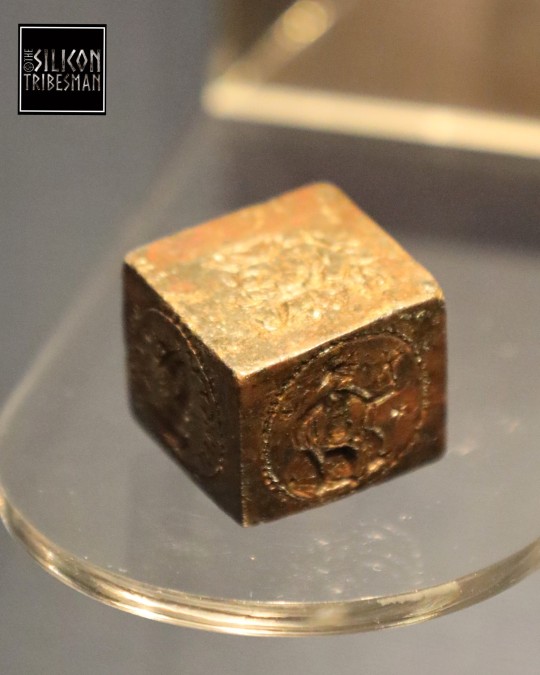

'The Kingscote Cube', 2nd Century CE Roman Engraved Seal Stamp, Corinium Museum, Cirencester
#Kingscote cube#cube#symbols#romans#roman#roman stamp#roman empire#roman living#roman gods#roman britain#archaeology#Corinium Museum#engraving#metalwork
201 notes
·
View notes
Text

Apollo and Diana, an 1848 marble statue by American artist and sculptor Thomas Crawford.
This captures their essence quite well imo!
#artemis#goddess artemis#goddess diana#marble statue#marble sculpture#apollo#apollon deity#god apollo#greek gods#greek mythology#ancient greek#greek history#roman mythology#roman gods#roman history#rome#spqr#Thomas Crawford#Diana#theoi
349 notes
·
View notes
Text



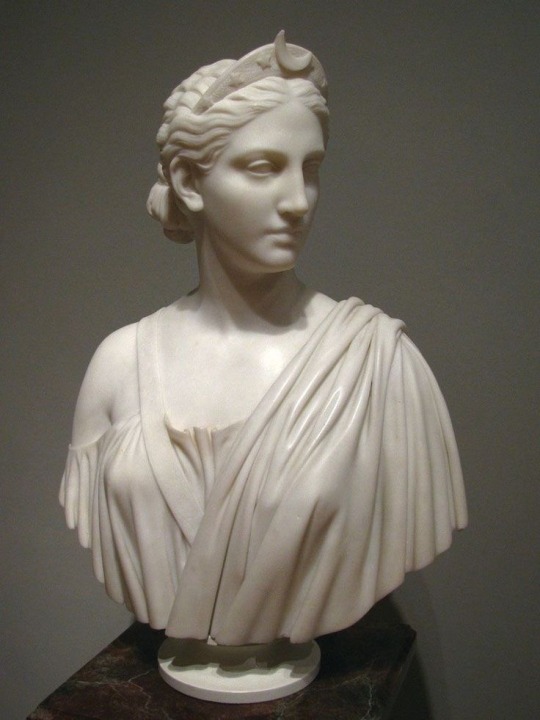
I love the subsection of marble busts/ statues that have star or some celestial ornaments in a lady’s hair. Yes two of the examples are Diana/ Artemis but for good reason Iike I’m literally obsessed.
Hiram Powers 1850 / 54. America
Giosuè Argenti (1819 – 1901) L'Immacolata
Diana, 1771, statue by Giovanni Battista
Hiram Powers, 1853, Diana
#artemis#greek bust#greek goddesses#greek sculpture#marble statue#marble bust#tagamemnon#diana goddess#roman gods#celestial
159 notes
·
View notes
Text
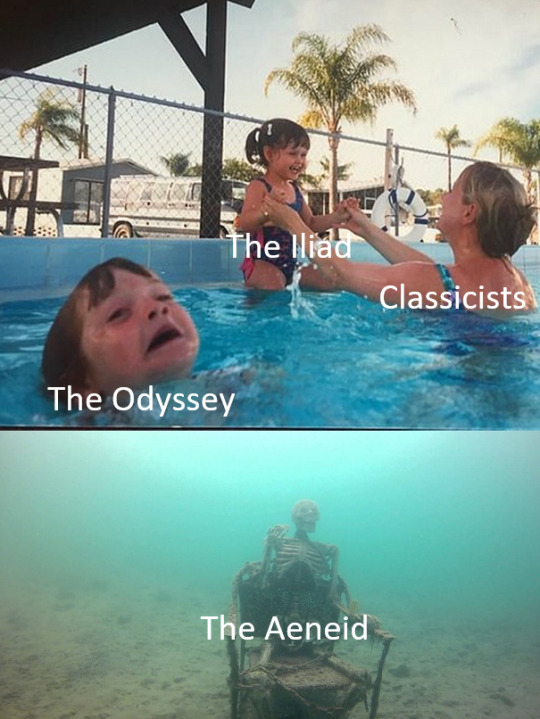
#iliad#odyssey#aeneid#virgil#homer the poet#homer's iliad#homer's odyssey#virgil's aeneid#classical civilisation#classics#greek gods#roman gods#greek mythology#roman mythology#greeks#romans#epics#homeric epics#virgils epic#classical mythology#roman classics#classical history#mediterranean history#ancient history#ancient greek#ancient greece#ancient rome#classics meme#classics memes#tagamemnon
190 notes
·
View notes
Text
Ceres, Bacchus and Venus. What a lovely trio.🌾🍇🩷
• Abraham Janssens, 1605-1615
• Jan Miel, 1645

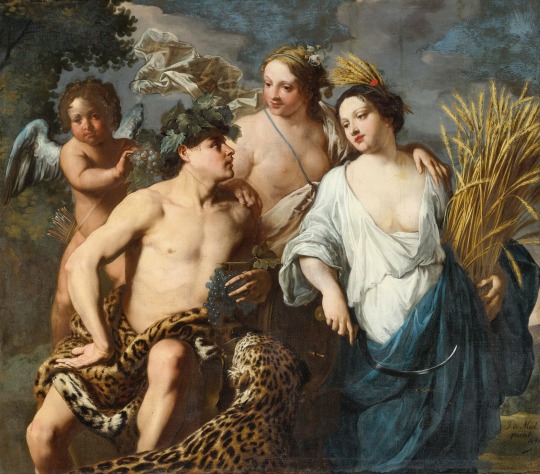
#classical art#classical mythology#roman mythology#roman gods#bacchus#venus goddess#ceres goddess#greek gods#dionysus#aphrodite#demeter
271 notes
·
View notes
Text
Children of Aphrodite, Poseidon and Ares are either hot, gorgeous or sexy. (Or all of the above). I don’t make the rules.
Children of Aphrodite have the type of beauty you never forget. You’ll remember it and start to fantasise about them, until you realise you can’t quite remember the colour of their eyes or the quite shade of their hair. But you just know they’re extremely beautiful. Gummy smiles here and there. Their voices are attractive, no matter the volume that they might speak. Features that they have are beautiful no matter what size. People that felt insecure of something specific like freckles, change their minds when they see a child of Aphrodite that has them—because it looks so wonderful on them that they can’t help but admire it.
Children of Poseidon have the rebellious type of beauty where you know or think they’re a trouble maker. Anything looks good on them, especially piercings. It’s the type of face which would make you blush upon making eye contact with them. Or the type of beauty where you’ll think, “wow.” They look like Roman gods. Too bad most of them never realise it, not even when they have a lover. (Cough cough..Percy).
Children of Ares have the type of looks that make your whole entire body hot and makes your brain stop working for a couple of seconds after first meeting them. It’s the type of beauty where you’ll stutter or start to mumble underneath their fiery gaze and the intense atmosphere that surrounds them. You feel somewhat intimidated but that intrigues you and pulls you in. There’s a reason why Aphrodite was attracted to Ares y’know. It’s the type of thing where you’ll wonder, “who is he” “what’s her name?”. While children of Poseidon look like Roman gods, children of Ares full-on look like Greek gods. Most of the have sculpted features on their bodies or faces. They have attractive arms, not necessarily muscular but when you watch their arms move you can help but be attracted to have pleasing they look. They have smiles that are somewhat crooked but mostly it seems like a challenge, like “hah..? What did you say?” Or “*..you think you can hurt me?”, “what the hell was that, can’t you do better than that?”.
#children of ares#percy jackson x male reader#percy jackson scenarios#percy jackson headcanons#ares#pjo ares cabin#ares cabin#aphrodite#roman gods#Greek gods#children of Aphrodite#child of Aphrodite#child of ares#cabin 5#pjo#Percy Jackson#Percy Jackson series#Percy Jackson characters#children of Poseidon#god of the sea#god of sea#Poseidon#greek mythological things#greek myth memes#Ancient Greek#Greece#greek mythology#Percy Jackson things#beauty#Athen
957 notes
·
View notes
Text
While checking around for my “Roman gods are not Greek gods” posts, I found back this tripartition of mythology, which is actually a fact that everybody should kno about if they want to dabble in Greco-Roman myths (especially Greek myths).
We know that, during Antiquity, the Romans and the Greeks thought that there wasn’t just one, but three different types of “theology” - three different views, perceptions and reception of the gods.
The first theology was the theology of the priests and of the state - aka, religion. The Greek gods as perceived and described by religion, as honored through rituals and festivals.
The second theology is the “mythic theology” - what we call “mythology today”. It is a set of legends, folktales and stories that are not part of religion, but rather used and carried by art - it is the gods are seen, perceived and described by the poets, by the epics, by the theater plays.
The third theology is the theology of the philosophers - who used the gods and their tales as images and allegories for various abstract or concrete topics. It is the gods as depictions and description of natural phenomenon, or the myths as a way to actualy exemplify a social fact or explain psychological workings.
For the classic Greeks and Romans, there was a clear divide between those three very different point of view of the gods. It was basically three different versions of the pantheon. This is notably why you will find texts noting that priests disliked and condemned the poets’ mythological works, due to them being blasphemous and making the gods too human when religion described them as perfect ; and it is also why the philosophers of old dissed on and rejected the literary works of mythology as nonsense only good to feed superstitions, because for them the gods weren’t characters or realities, but rather abstract concepts and rhetorical allegories.
This is something I feel needs to be reminded, because today these three different theologies have been mixed up into one big mess - as literary myths are placed one the same level as philosophical “myths” (actually texts taking the shape of myths), and both considered of outmost religious importance. When in fact, things were quite different...
EDIT: I was asked if there was a myth that could illustrate the three different theologies, and on the spot I would say “the affair between Aphrodite and Ares”.
This story originates from the “mythological theology”. It is primarily a story, and a good one. It is the story of a husband who discovers his wife is unfaithful and tries to get revenge, it is the story of an extra-marital affair gone wrong, it is typical set of divine shenanigans ending on a grotesque display of divine humiliation - it is an excellent narrative material for plays and poems (and the legend does originates from poems).
The story was also dearly beloved and reused by the “philosophical theology”, because the philosophers adored the idea of the love between Ares and Aphrodite - for them it was the perfect depiction of how the concepts of “love” and “war” , despite being seemingly opposite, attracted each other and were closely tied. For them, this story isn’t to be taken literaly as “a god cheated on another god”, but rather as “this is an allegory showing that love and war are two sides of the same coin, which is why Aphrodite falls for Ares despite being married to Hephaistos”. But for them the whole net part is just poetic nonsense invented to make people laugh ; or maybe they will reinvent them as a moral, cautionary tale that should be used to warn people of the dangers of unfaithfulness.
And then there’s the “religious theology”, the point of view of the priests - for whom such a story is mockery and sacrilege. You can imagine them saying: “You are making the gods look like fools! Gods don’t cheat on each other, gods don’t get captured in nets while butt-naked, gods don’t even sleep on beds - GODS DO NOT EVEN HAVE HUMAN FORMS IN THEIR NATURAL STATE - what the heck is this bullshit you’re saying, you’re just insulting the gods by turning them into lecherous humans and grotesque clowns for your vulgar story!” (This is a reconstitution and not the actual words of an Ancient Greek priest)
#greek gods#roman gods#greek mythology#greek religion#roman mythology#roman religion#ancient theology
611 notes
·
View notes
Text
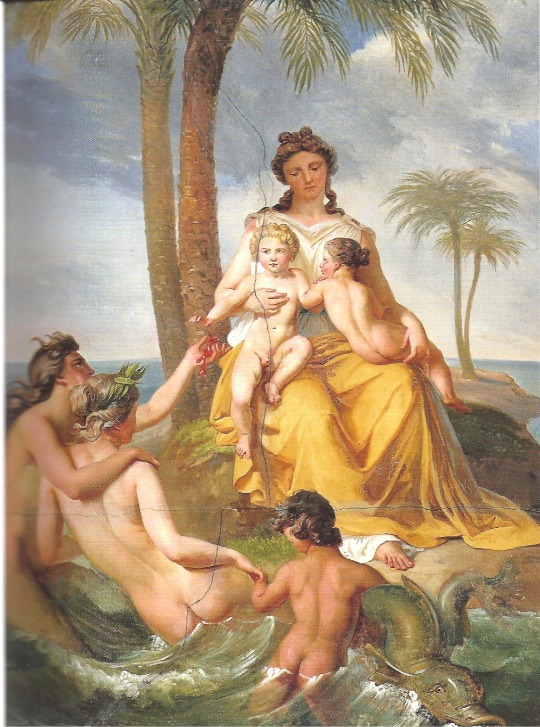
Latona with the infants Apollo and Diana in Delos
By Abel de Pujol
#Apollo#Artemis#Diana#Leto#Latona#painting#oil painting#greek gods#greek mythology#Abel de Pujol#Delos#roman mythology#roman gods
111 notes
·
View notes
Text
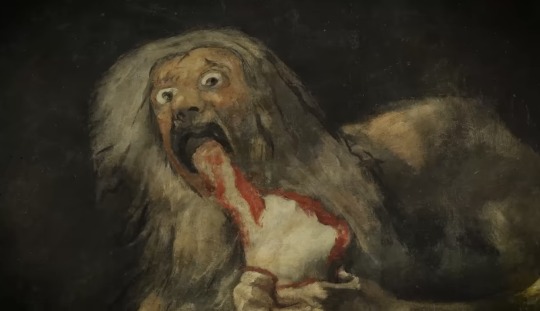

Saturn Devouring His Son by Francisco Goya (1820-1823)
#saturn devouring his son#art#artwork#painting#francisco goya#goya#dark academia#light academia#dark acadamia aesthetic#academia#academia aesthetic#chaotic academia#art academia#art history#romantic academia#roman mythology#mythology#roman gods#saturn
239 notes
·
View notes
Text
Dionysus appears to people in a vast number of ways. His appearance changes depending on who He appears to and where.
This is something that is historically true: we see very different depictions of Him in writing, sculptures, mosaics, ceramics, and other mediums of Ancient art. In those pieces of art He takes a large number of forms: young and old, bearded and beardless, fat and slim, without visible muscle and with prominent musculature, tall and short, naked and dressed, with and without an ivy wreath, with soft features and with sharp features, long-haired and short-haired, and so on and so forth.
In writing, He is referred to as androgynous and spoken of as possessing multiple feminine qualities, be it of looks or character. Euripides has Him referred to as "girl-faced" (The Bacchae, lines 400-799) while inscriptions from Beroea dated 248-264 AD give Him the title Ψευδάνωρ ("effeminate man", lit. "false man"). Some researchers add that He is the only Deity whose domain doesn't correlate with His gender in the Greek language: the only word related to Dionysus that is masculine in grammar is ο κισσός, which means "ivy"; all of the other words related to Him are feminine.
I will attach some of His depictions to show just how Diverse Ancient perception of Him was. Dionysus is a God that is constantly changing His appearance, which is why whatever way He chooses to present Himself to you is valid.
Regardless of what gender presentation, body type, facial features, height, weight, or skin color you see Him as; none of these are wrong because He's choosing to appear to you a personal way.
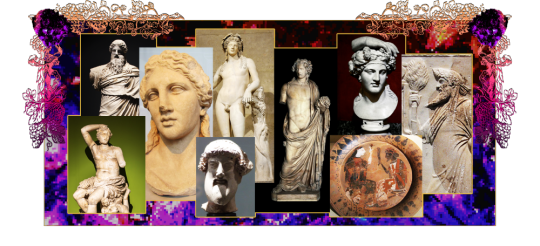
#𓆩☠︎𓆪 ˣ 𝐒𝖙𝖞𝖌𝖎𝖆𝖓#theoi#greek gods#roman gods#hellenism#helpol#hellenic polytheism#hellenic paganism#roman polytheism#dionysus deity#dionysus worship#dionysus
927 notes
·
View notes
Text
On Janus, the two-faced Roman god of beginnings
Or: how January got its name & why you shouldn’t give up on your New Year’s resolutions just yet
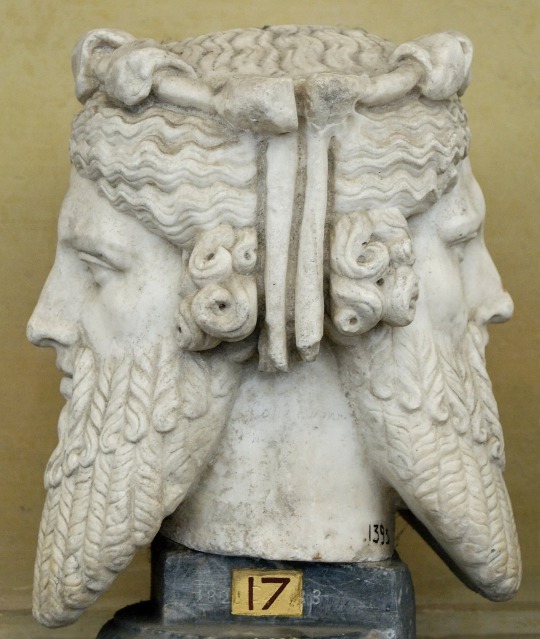
Now that we’re more than halfway through January, how are your New Year’s resolutions coming along?
If you’re anything like most of us, your resolve may be getting shaky.
According to a recent Forbes survey, the average resolution lasts a mere 3.74 months, and only 6% of people stick with their goals long term.
But you know what?
Even if you’ve failed to live up to your resolutions less than a month into 2024, that’s fine. Don’t give up on yourself just yet.
Here’s an unlikely source of hope and motivation to get back up again and keep at it in the guise of one lesser-known (undeservedly!) Roman deity.
#ancient history#history#ancient civilizations#ancient rome#roman empire#history of religion#classical mythology#roman mythology#mythology and folklore#roman gods#january#new year’s resolution#antiquity#classical antiquity
120 notes
·
View notes
Text
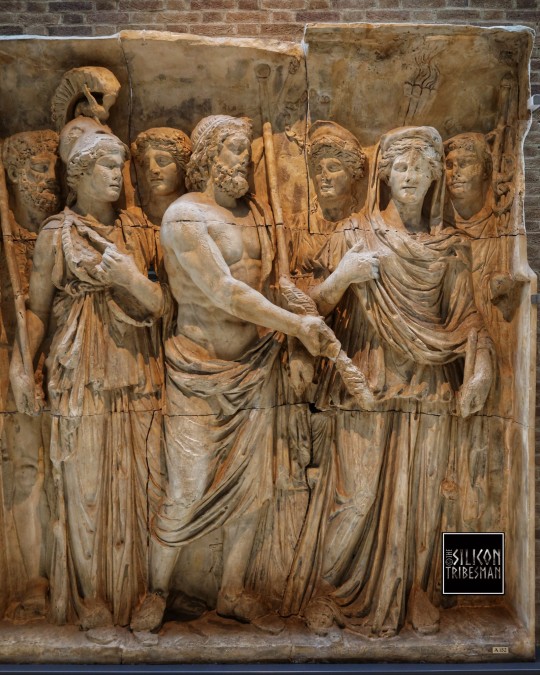
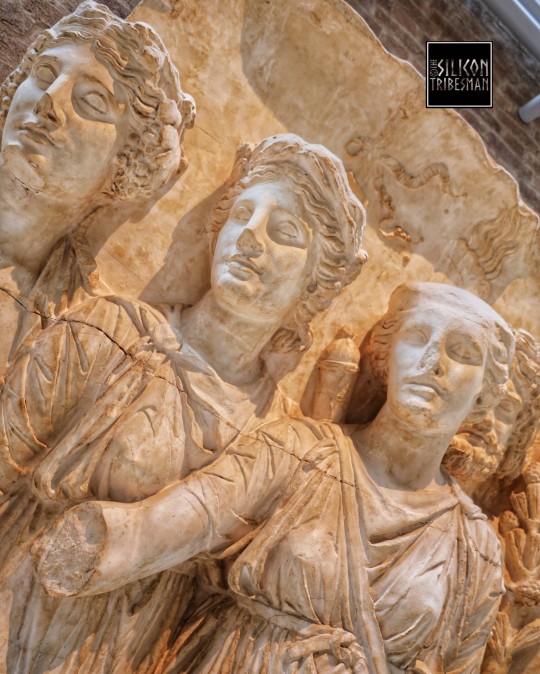

Roman Gods And Goddesses of the Countryside, Arch of Trajan at Beneventum, 114 CE
These gods and goddesses represent the prosperity of the countryside: Bacchus, god of the vine with his thyrsos (a fennel-stalk staff); Ceres, goddess of corn and the harvest, with a torch; Diana, goddess of hunting and wild animals; and Silvanus, god of woods and fields, who holds a pine branch (in situ, west side, attic).
Ashmolean Museum, Oxford
#roman gods#roman goddess#roman deities#roman belief#roman villa#roman farms#roman countryside#countryside#nature#seasons#roman emperors#roman living#roman empire#ro.an sculpture#trajan#archaeology
212 notes
·
View notes
Text
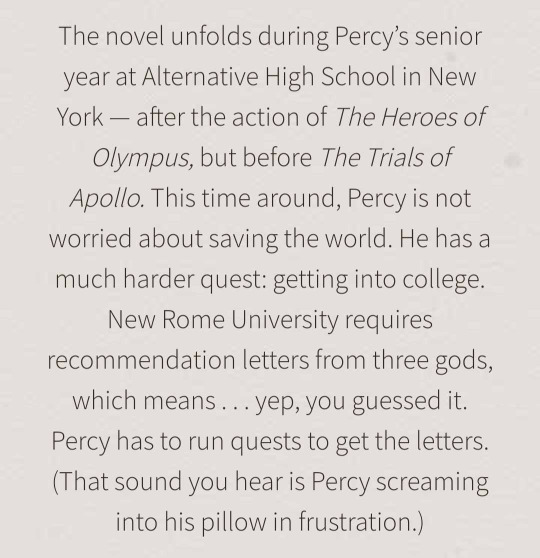
Honestly no wonder he opened the door with such distain when Apollo came a knocking
#percy jackson#percy jackon and the olympians#heroes of olympus#trials of apollo#apollo#gods#rick riordan#greek gods#roman gods#greek goddess#roman goddess#graduation#college#annabeth chase#grover underwood#percabeth#percy x annabeth#annabeth x percy
1K notes
·
View notes
Text
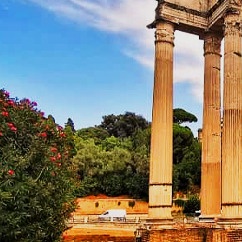

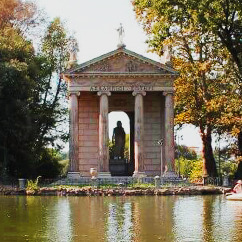


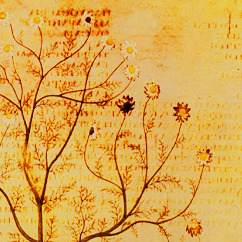

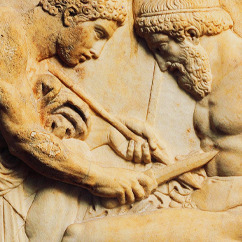

⚕ Apollo Medicus ⚕
Apollo entered Rome as Apollo Medicus, or the Healer, following years of plague and disease that shook the Republican Rome. Up until the creation of the Temple of Apollo Palatinus by Augustus, the Temple to Apollo Medicus, or Sosianus, was the only temple to the God in Rome.
Healing Gods have always been present in Rome, and Italy overall, in rather large numbers: Febris and Minerva took care of disease and hygiene; multiple local Divinities and motherly Goddesses appeared in public baths and at sacred streams.
Apollo became one of many protectors of health in Ancient Rome.
293 notes
·
View notes
Text
Juno/Hera @ the Trojans

#juno#romans#roman mythology#aeneis#the aeneid#virgil's aeneid#aeneas#juno goddess#ancient rome#roman history#classics#classical civilisation#classical history#classical studies#jupiter#usc trojans#the trojan war#greek mythology#classical mythology#hera greek mythology#greek gods#roman gods#tagamemnon#the iliad#iliad#achilles#hector#hera#zeus#apollo
56 notes
·
View notes
Text
no thoughts head empty, only him ❣️💖🪽(from today and yesterday's museum trips)


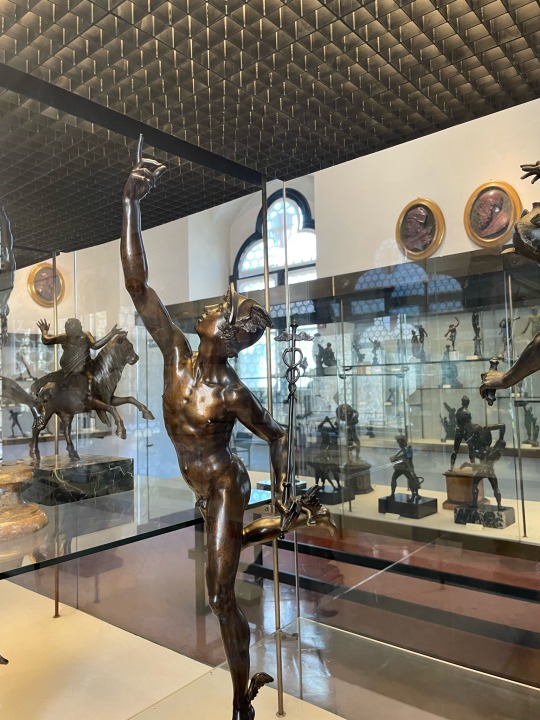

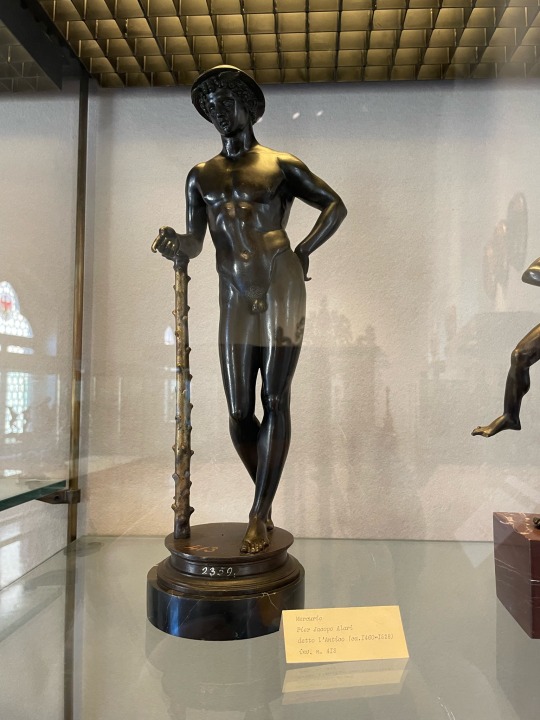
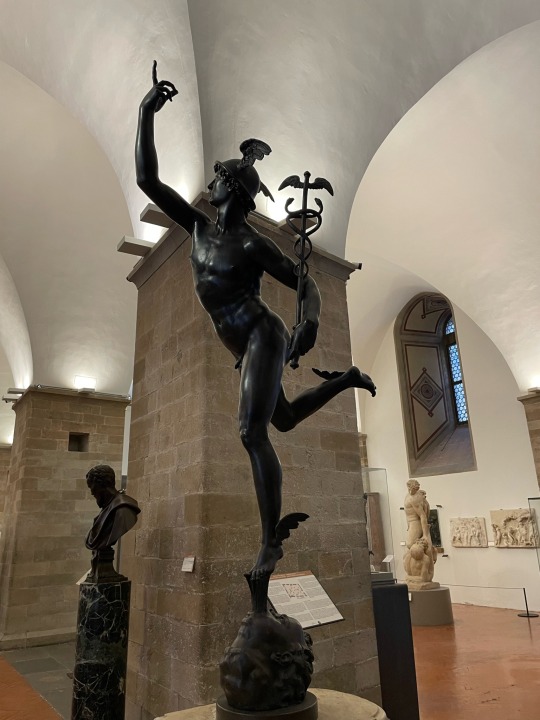

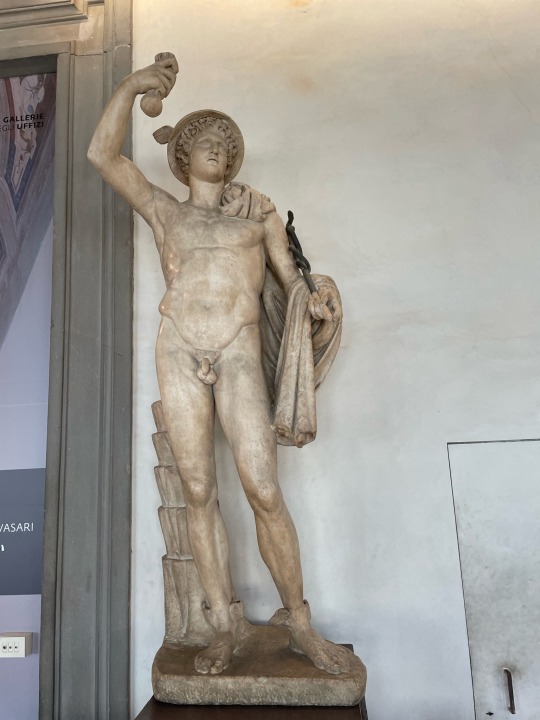


this post is a special gift for @travelingthief :3
#hades's museum trips#greek mythology#greek gods#hermes#roman gods#roman mythology#mercury#mercury god#hermes god#hermes deity#classical mythology#classical art#i love him sm
426 notes
·
View notes